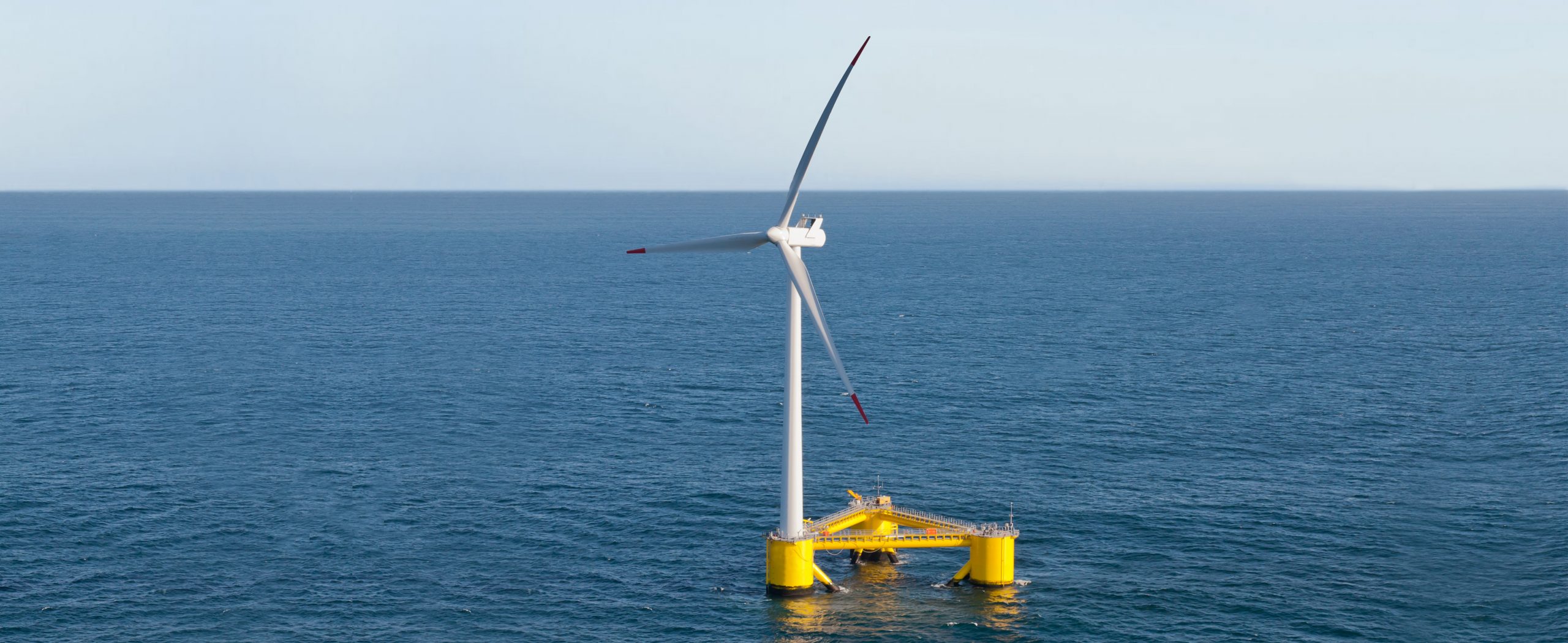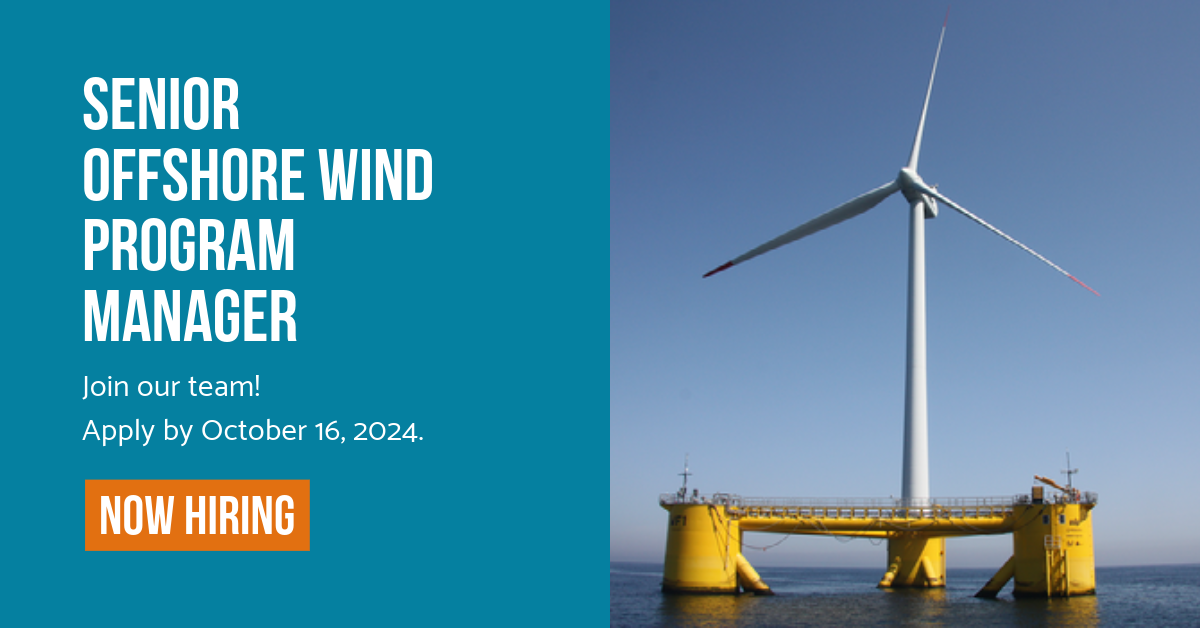Offshore Wind
California is committed to carbon neutrality by 2045 in its efforts to combat climate change. Meeting these bold renewable energy targets will require unprecedented changes to the state’s energy portfolio and infrastructure. California’s offshore waters have emerged as a prime location for floating offshore wind projects, and development has rapidly progressed in recent years. In June of 2023, Bureau of Ocean Energy Management executed five offshore wind leases, two in the Humboldt Wind Energy Area and three in the Morro Bay Wind Energy Area. Floating offshore wind is a new and emerging industry in California, and the state must take meaningful steps to understand and minimize potential negative impacts to the environment, cultural resources, and coastal communities.
OPC supports implementation of the comprehensive Assembly Bill 525 Offshore Wind Energy Strategic Plan, developed by the California Energy Commission in coordination with state agencies as required by Assembly Bill 525, to guide the development of offshore wind energy, with a goal of 5 GW by 2030 and 25 GW by 2045. In alignment with the OPC Strategic Plan Objective 4.4: Guide Sustainable Renewable Energy Projects, OPC works to ensure that the development and adaptive management of commercial scale offshore wind projects is informed by the best available science to avoid, minimize, and mitigate potential impacts to marine biodiversity and habitat, cultural resources, and California communities.

OPC Funded Projects
Development of Offshore Wind Environmental Monitoring Guidance
- Through a competitive process, the California Marine Sanctuary Foundation is leading the development of comprehensive offshore wind environmental monitoring guidance. The guidance will serve as a valuable resource for regulators, developers, and various stakeholders involved in offshore wind projects in California to ensure that environmental impacts of offshore wind development are properly monitored, evaluated, and mitigated throughout the project’s lifecycle. Interim findings are expected in early 2025 with the full Guidance expected by early 2026.
- Please also see the Call for Tribal Scientists.
Supporting California’s Fishermen’s Engagement in Offshore Wind
- The California Fishermen’s Resilience Association was incorporated in January 2022 to establish a point of contact for California Commercial Fishermen’s Port Associations in their collective efforts to co-exist with offshore wind energy developments in California. CFRA is based on the successful model of the Central California Joint Cable/Fisheries Liaison Committee which has a twenty-year history of negotiations through fishing community benefit agreements with subsea cable companies to avoid and minimize disruptions and provide fishing community benefits from subsea cable impact fees.
- The Central Coast Fishing Heritage Story Map and North Coast Fisheries Mapping Project depict commercial fishing grounds located within the boundaries of NOAA nautical charts, although the fisheries mapped typically extend beyond the chart’s boundaries. The maps provide a historically informed snapshot of the area’s fishing grounds, some of which are expanding, declining, or limited due to environmental, regulatory, and/or socioeconomic factors.
Spatial Modeling to Support Decision-making
- The California Offshore Wind Energy Modeling Platform provides an interface where stakeholders and decision-makers can interact with, examine, and explore these models and their data sources, in order to help support decision-making processes. These models, created using the Environmental Evaluation Modeling System (EEMS), provide a transparent and data-driven means for assessing a range of considerations at a given location, such as energy potential, deployment feasibility, ocean uses, fisheries, and marine life occurrence. Together, these models can be used to inform planning processes for offshore wind energy development, to maximize renewable power generation and to help avoid or minimize potential impacts to existing ocean uses and the environment.
- The Updated Report: Identifying Wind Energy Areas Off the California Coast used existing spatial data representing marine species, the marine environment, and human uses of ocean waters to: 1) identify areas for potential offshore wind energy development that balance impacts and benefits; and 2) examine the existing offshore Wind Energy Areas and the sea space for potential future development. Existing data and information will help identify areas that maximize energy generation potential while preserving existing ocean uses and protecting the marine and coastal environments.
Environmental Data Catalogs
- The Data Catalogs for the Humboldt Wind Energy Area and Morro Bay Wind Energy Area were created to identify the best sources of data currently available on California’s offshore resources, particularly in and around proposed wind energy areas.
Related Program Updates
Staff Contact

Abby Mohan
Senior Offshore Wind
Program Manager
abby.mohan@resources.ca.gov









